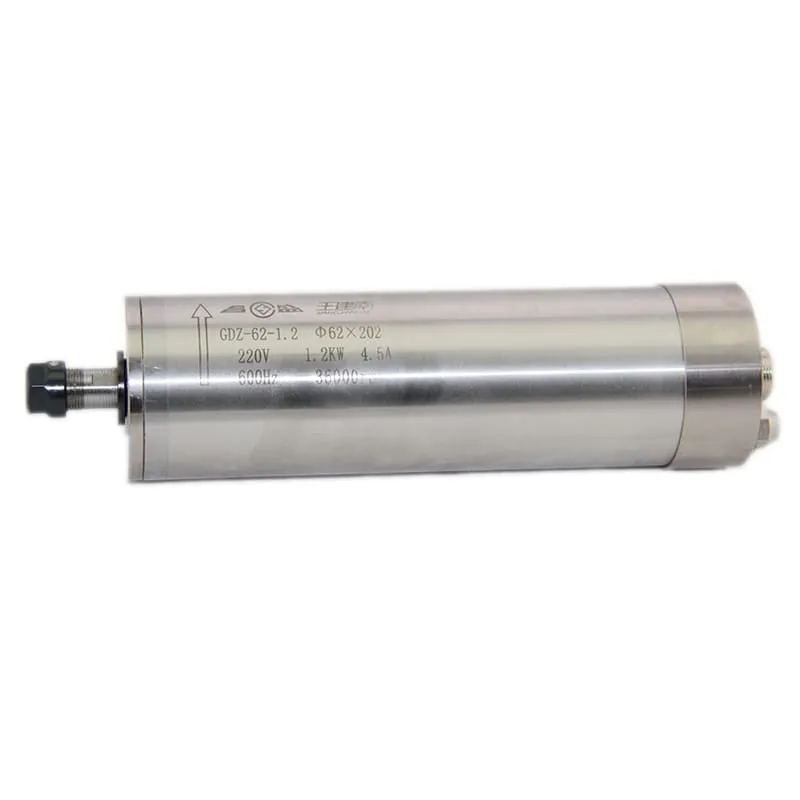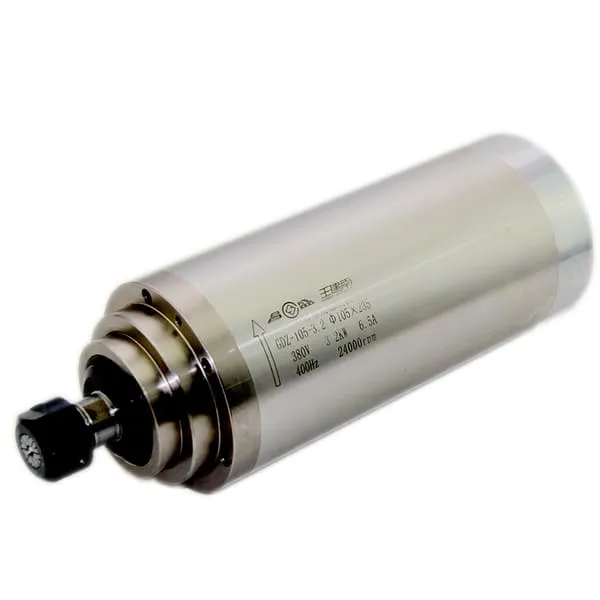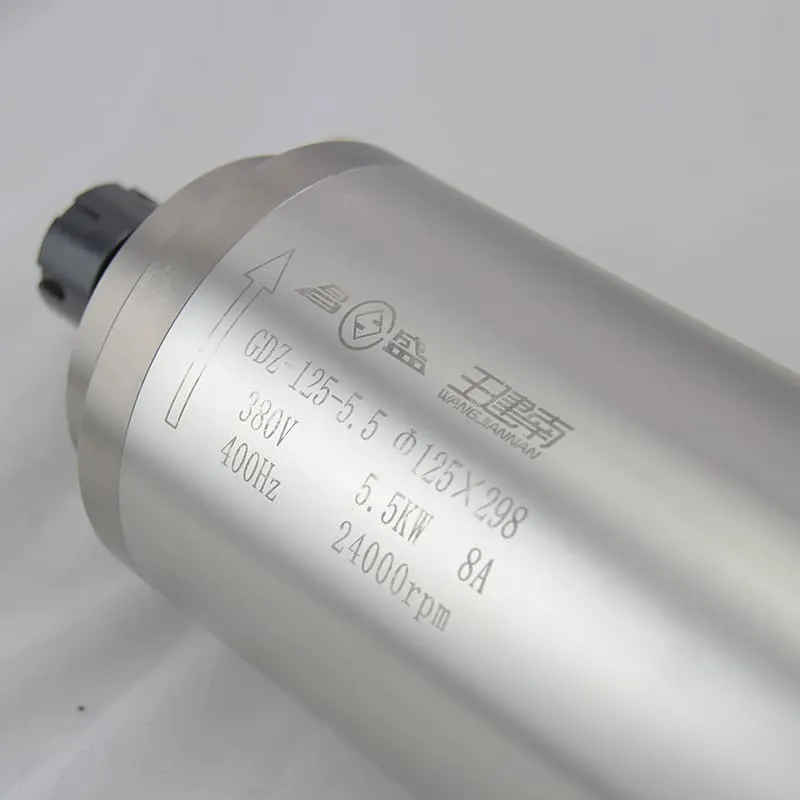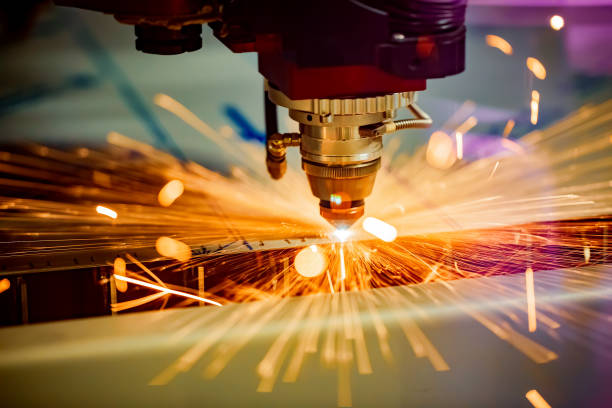How Are CNC Machines Programmed?
CNC (Computer Numerical Control) machines have revolutionized the manufacturing industry, offering precision, efficiency, and versatility in producing complex parts. At the heart of these machines lies their programming, which dictates every movement and operation. Understanding how CNC machines are programmed is crucial for anyone involved in modern manufacturing processes. Let’s delve into the intricacies of CNC programming and explore the various methods used to bring these powerful machines to life.
The Basics of CNC Programming
CNC programming is the process of creating a set of instructions that guide a CNC machine to perform specific operations. These instructions, known as G-code, are a standardized language that CNC machines understand. G-code tells the machine exactly how to move, at what speed, and what operations to perform.
The programming process typically involves several steps:
- Designing the part using CAD software
- Generating toolpaths using CAM software
- Post-processing the toolpaths into G-code
- Transferring the G-code to the CNC machine
- Setting up the machine and running the program
Each of these steps requires careful attention to detail and a deep understanding of both the machine’s capabilities and the desired outcome.
CAD/CAM Software: The Foundation of Modern CNC Programming
Computer-Aided Design (CAD) and Computer-Aided Manufacturing (CAM) software form the backbone of modern CNC programming. CAD software allows designers to create detailed 3D models of the parts they want to produce. Once the model is complete, CAM software takes over, translating the 3D model into toolpaths that the CNC machine can follow.
CAM software is particularly crucial as it allows programmers to:
- Simulate machining operations
- Optimize toolpaths for efficiency
- Avoid collisions and errors
- Generate G-code automatically
Popular CAD/CAM software packages include:
- Fusion 360
- Mastercam
- SolidWorks
- Siemens NX
These tools have significantly streamlined the CNC programming process, reducing errors and improving productivity.
Manual Programming: The Traditional Approach
While CAD/CAM software dominates modern CNC programming, manual programming remains an important skill. Manual programming involves writing G-code directly, without the aid of automated software. This method requires a deep understanding of G-code syntax and machine operations.
Manual programming is often used for:
- Simple parts
- Quick modifications
- Troubleshooting
- Custom operations not easily achievable with CAM software
Here’s a simple example of manual G-code for cutting a square:
G90 G54 G17 G21
G0 X0 Y0 Z10
G1 Z-2 F100
G1 X50 F200
G1 Y50
G1 X0
G1 Y0
G0 Z10
M30This code moves the tool to the starting position, cuts a 50mm square at a depth of 2mm, and then returns to the safe position.
Conversational Programming: Bridging the Gap
Conversational programming offers a middle ground between manual programming and full CAD/CAM automation. This method uses a graphical interface on the machine control to create programs through a series of prompts and menus.
Conversational programming is ideal for:
- Shop floor programming
- Simple to moderately complex parts
- Operators with limited G-code knowledge
Many modern CNC controllers, like those found on high-speed spindles, offer conversational programming options, making it easier for operators to create programs directly at the machine.

G-code: The Language of CNC Machines
G-code is the standardized programming language used by CNC machines. It consists of a series of commands that control various aspects of the machine’s operation. Some common G-code commands include:
- G00: Rapid movement
- G01: Linear interpolation
- G02/G03: Circular interpolation
- M03/M04: Spindle on (clockwise/counterclockwise)
- M05: Spindle stop
Understanding G-code is essential for troubleshooting, optimizing programs, and making quick edits on the shop floor.
Types of CNC Programming
There are several types of CNC programming, each suited to different applications and skill levels:
- Point-to-Point Programming: Used for simple operations like drilling holes.
- Straight-Cut Programming: For basic linear and circular cuts.
- Contour Programming: Used for complex shapes and 3D surfaces.
- Parametric Programming: Allows for variable-based programming and automation.
The choice of programming type depends on the complexity of the part and the capabilities of the CNC machine.
Toolpath Generation: The Heart of CNC Programming
Generating efficient toolpaths is crucial for optimal CNC machining. Toolpaths determine how the cutting tool moves through the material to create the desired shape. Efficient toolpaths can:
- Reduce machining time
- Improve surface finish
- Extend tool life
- Minimize wear on the machine
Modern CAM software offers advanced toolpath strategies like:
- High-Speed Machining (HSM)
- Trochoidal milling
- Adaptive clearing
These strategies can significantly improve machining efficiency, especially when working with high-performance spindles like the 3.2KW Water-Cooled Router Spindle.

Post-Processing: Bridging CAM and Machine
Post-processing is the final step in converting CAM toolpaths into machine-specific G-code. Each CNC machine may have unique features or requirements, and post-processors ensure that the G-code is optimized for the specific machine.
Post-processors handle tasks such as:
- Formatting G-code syntax
- Adding machine-specific commands
- Optimizing feeds and speeds
- Incorporating tool change operations
Proper post-processing is essential for ensuring that programs run smoothly on the CNC machine.
Programming for Multi-Axis Machines
As CNC technology advances, multi-axis machines are becoming more common. Programming for 4-axis and 5-axis machines requires additional considerations:
- Simultaneous axis movements
- Tool orientation
- Collision avoidance
- Optimizing for complex geometries
CAM software specializing in multi-axis machining, such as PowerMill or hyperMILL, can help programmers navigate these challenges.
Macro Programming: Automating Repetitive Tasks
Macro programming allows CNC programmers to create reusable subroutines and automate repetitive tasks. Macros can handle operations like:
- Parametric part families
- Complex calculations
- Probing and measurement routines
- Adaptive machining based on in-process measurements
Mastering macro programming can significantly enhance a CNC programmer’s efficiency and capabilities.
Simulation and Verification: Ensuring Program Accuracy
Before running a CNC program on the actual machine, it’s crucial to simulate and verify the toolpaths. This process helps:
- Detect potential collisions
- Verify part accuracy
- Optimize machining strategies
- Estimate machining time
Most CAM software includes simulation capabilities, but standalone verification software like Vericut offers more advanced features for complex parts and machines.
Programming for Different CNC Machine Types
Different types of CNC machines require unique programming approaches:
- Mills: Focus on toolpaths and cutting strategies
- Lathes: Emphasize turning operations and tool positioning
- Router: Specialize in 2D and 3D profiling, often with large work areas
- 3D Printers: Use G-code to control material deposition
Each machine type has its own set of G-codes and programming conventions that programmers must master.
Optimizing CNC Programs for Efficiency
Creating an efficient CNC program goes beyond just generating correct G-code. Programmers must consider:
- Minimizing tool changes
- Optimizing cutting parameters
- Reducing non-cutting time
- Balancing roughing and finishing operations
For instance, when programming for high-speed machining with a 5.5KW Water-Cooling Spindle, optimizing toolpaths for consistent tool engagement can significantly improve efficiency and surface finish.

The Future of CNC Programming
As technology continues to evolve, so does CNC programming. Emerging trends include:
- AI-assisted toolpath generation
- Cloud-based CAM solutions
- Virtual and augmented reality for program visualization
- Integration with IoT for data-driven optimization
These advancements promise to make CNC programming more accessible, efficient, and capable of producing increasingly complex parts.
FAQs
What skills are needed to become a CNC programmer?
To become a CNC programmer, you need a strong foundation in mathematics, spatial reasoning, and technical drawing. Proficiency in CAD/CAM software is essential, as is knowledge of machining processes and G-code. Problem-solving skills and attention to detail are also crucial.
How long does it take to learn CNC programming?
The time it takes to learn CNC programming varies depending on your background and the complexity of the machines you’ll be programming. Basic proficiency can be achieved in a few months, but mastering advanced techniques and becoming proficient with complex multi-axis machines can take several years of practice and study.
Can CNC programming be learned online?
Yes, there are many online resources for learning CNC programming, including video tutorials, online courses, and virtual machine simulators. However, hands-on experience with actual CNC machines is invaluable and often necessary for full proficiency.
What’s the difference between G-code and M-code in CNC programming?
G-codes primarily control motion and cutting operations, such as linear moves (G01) or circular arcs (G02/G03). M-codes, on the other hand, control miscellaneous machine functions like turning the spindle on (M03) or activating coolant (M08).
How do you troubleshoot a CNC program?
Troubleshooting a CNC program involves several steps:
- Review the G-code for syntax errors
- Use simulation software to visualize the toolpaths
- Run the program in single block mode to step through each command
- Check for common issues like incorrect tool offsets or coordinate systems
- Consult machine documentation for specific error codes
Conclusion
CNC programming is a complex but rewarding field that combines creativity, technical skill, and problem-solving. From manual G-code writing to advanced CAM software usage, CNC programmers have a variety of tools and techniques at their disposal. As manufacturing technology continues to advance, the role of CNC programming becomes increasingly crucial in producing the complex parts that drive innovation across industries.
Whether you’re a seasoned machinist looking to expand your skills or a newcomer fascinated by the precision of CNC technology, understanding how CNC machines are programmed is the first step towards mastering this essential aspect of modern manufacturing. With dedication and practice, you can unlock the full potential of these remarkable machines, turning digital designs into tangible reality with unprecedented accuracy and efficiency.

